Area rugs do more than just warm up a space—they tie a room together, add personality, and often carry sentimental or monetary value. But over time, even the most beautiful rugs can start to look tired, faded, or downright dirty.
From muddy footprints and pet accidents to everyday dust and allergens, area rugs take a beating. And while vacuuming helps, it’s not enough to keep your rug truly clean. That’s where proper area rug cleaning comes in—not just for appearance, but for the health of your home and the longevity of your rug.
Here’s the thing: different rugs require different care. A synthetic rug from a big-box store won’t need the same attention as a handwoven wool piece or a delicate silk runner. Using the wrong rug cleaner or cleaning method can actually do more harm than good.
That’s why we’ve put together this practical guide. In the sections ahead, you’ll learn how to clean and care for your rugs the right way, how to avoid common mistakes, and when it’s time to call in professional area rug cleaners near you. We’ll also touch on essential maintenance tips and simple ways to spot issues early—like fraying or fading—that could lead to bigger problems without timely care.
Let’s get started. Your rugs deserve it.
Know Your Rug: Why Material and Construction Matter
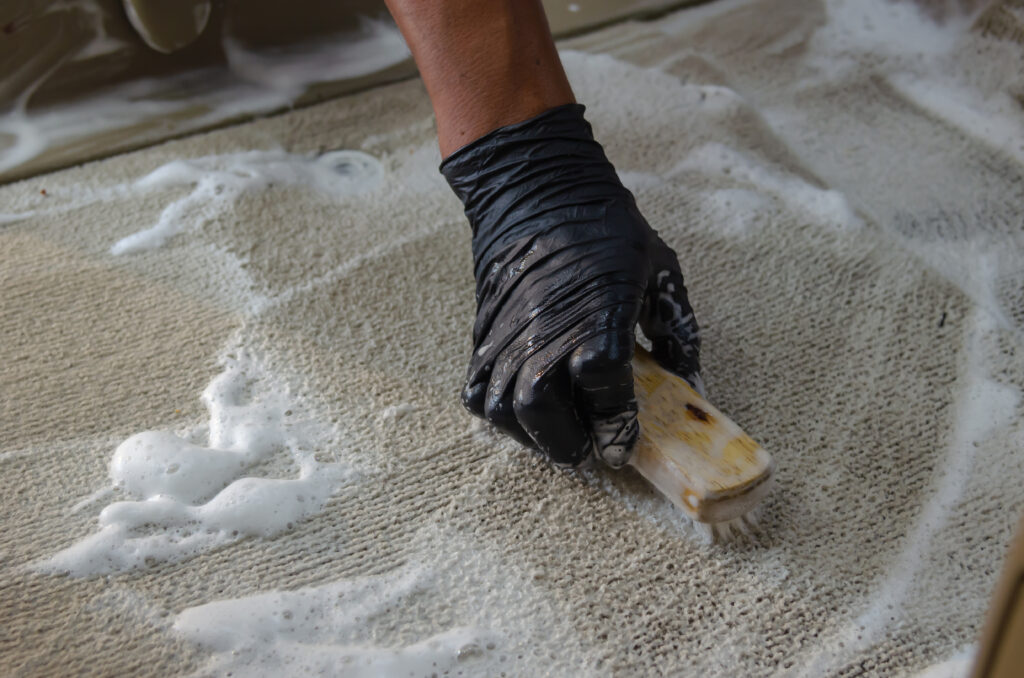
Before you break out the vacuum or reach for a cleaning solution, take a moment to understand what kind of rug you’re dealing with. Not all rugs are created equal, and knowing what yours is made of is the first step to proper rug cleaning.
Wool rugs, for example, are incredibly durable but can shrink or lose texture if exposed to too much moisture. Silk rugs are delicate, often decorative, and require a completely different approach—one wrong move and you could permanently damage the fibers. Synthetic rugs (like nylon or polypropylene), on the other hand, are usually more forgiving and easier to clean, making them a popular choice for high-traffic areas.
Then there’s construction: is your rug machine-made or hand-knotted? Flat-woven or tufted? These details affect how the rug reacts to moisture, suction, and scrubbing. A powerful steam cleaner might work wonders on a modern runner but completely unravel an antique Persian piece.
If you’re unsure, check the label on the back of your rug—it often includes cleaning instructions and material info. When in doubt, don’t risk it. Reach out to a professional who understands the ins and outs of different rug types.
Knowing your rug is the foundation of smart, safe rug cleaning—and it could mean the difference between fresh and flawless or faded and frayed.
DIY Rug Cleaning: Safe At-Home Practices That Work
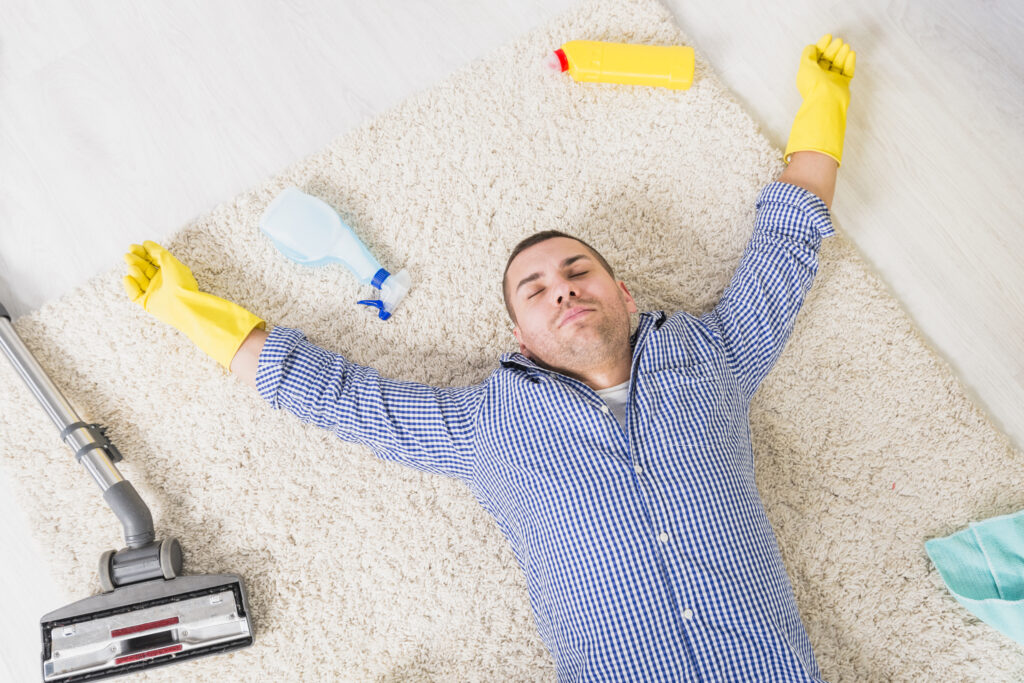
Let’s be honest—life happens on your rugs. Whether it’s a splash of red wine, muddy paw prints, or just everyday dust, most homeowners want to know: Can I clean this myself? The short answer is yes, sometimes. But only if you do it right.
For everyday rug maintenance, start with regular vacuuming. Use a vacuum with adjustable suction, and avoid using the beater bar on delicate or high-pile rugs—it can pull at the fibers and wear them down. Vacuum both sides of the rug if possible, and don’t forget to clean underneath it too.
Spot cleaning spills? Act fast. Blot—don’t scrub—the area with a clean, dry cloth to soak up as much liquid as possible. Then, use a mild cleaning solution made from warm water and a small amount of dish soap. Always test any cleaner on a hidden part of the rug first to make sure it doesn’t cause discoloration.
Thinking about renting a rug cleaner from the store? It’s tempting, but be cautious. These machines can work well on durable synthetic rugs, but they can be too aggressive for wool or hand-knotted styles. Over-wetting or using harsh chemicals can do more harm than good.
When in doubt, skip the guesswork and consult a pro—because sometimes, the safest rug cleaning method is knowing when not to do it yourself.
When to Call the Pros: Signs You Need Professional Rug Cleaning
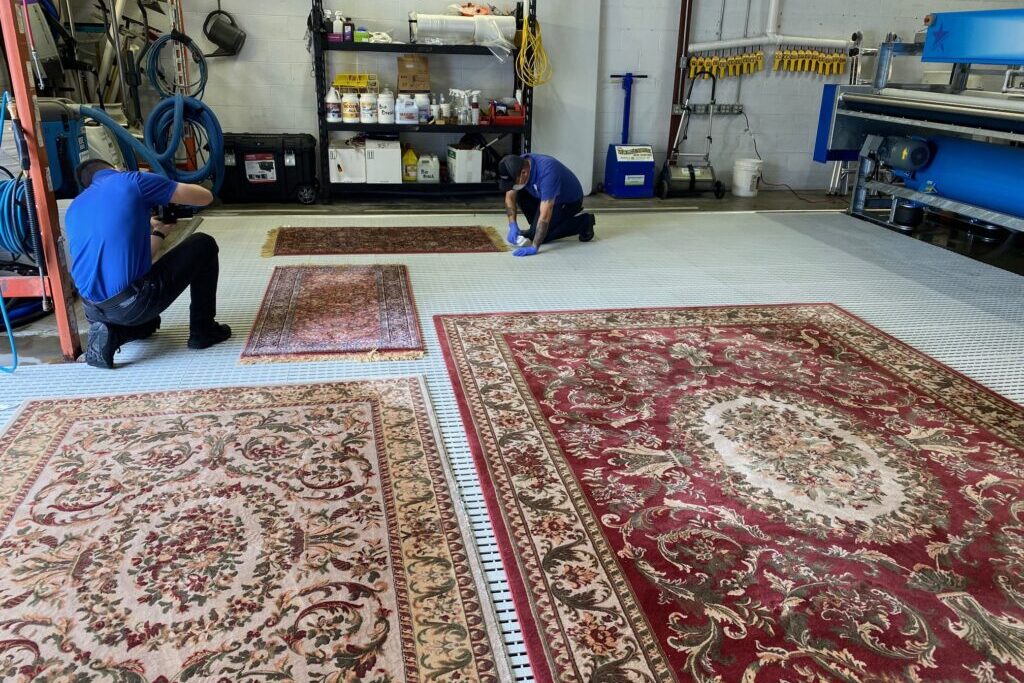
Even with the best at-home care, there comes a point when your rug needs more than just a vacuum or a quick spot clean. The truth is, some messes go deeper than the surface—and that’s where the pros come in.
If your rug has lingering odors, deep-set stains, or seems to attract dirt no matter how often you clean it, those are strong signs it’s time to consider calling area rug cleaners near you. Pet accidents, wine spills, smoke exposure, or even years of wear can cause buildup that’s tough—if not impossible—to remove with household tools.
Another clue? Allergies acting up. Rugs can trap dust mites, pollen, and bacteria that get released into the air every time you walk across them. Professional rug cleaning can eliminate those hidden irritants, making your home healthier and more breathable—especially for kids or pets.
And if your rug is an antique, made from delicate materials, or holds sentimental value, it’s best not to take chances. Experts know how to clean different rug types safely without causing fading, shrinkage, or fiber damage.
So if you find yourself Googling “area rug cleaners near me” more than once, trust your instincts. Professional cleaning not only revives your rug—it protects your investment for years to come.
Rug Repair 101: What Can Be Fixed and What Can’t
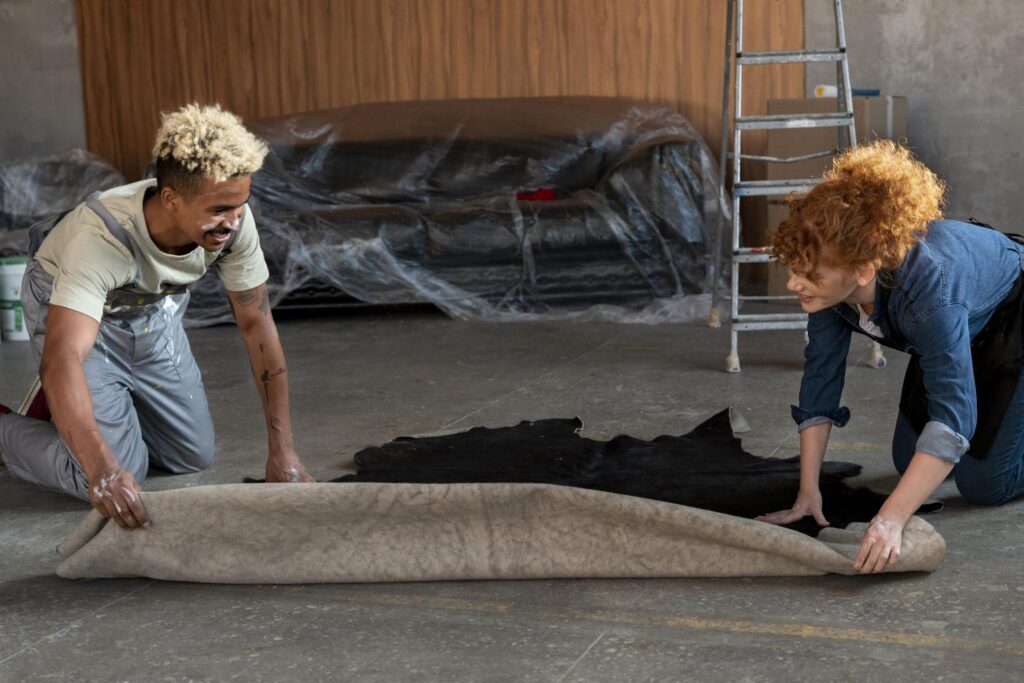
Let’s face it—rugs live a tough life. Between daily foot traffic, furniture legs, spills, and pets, it’s no surprise they start showing signs of wear and tear. But before you assume your damaged rug is a lost cause, it’s worth learning what can actually be fixed.
Frayed edges, unraveling fringes, and small holes are all pretty common—and often completely fixable with the right rug repair service. Skilled technicians can reweave, rebind, or patch damaged areas in a way that blends beautifully with the rest of your rug. You’d be surprised how “hopeless” rugs can be brought back to life with a little expert care.
Even more serious issues like moth damage or water stains aren’t always deal-breakers. In many cases, repairs can restore the structure and look of your rug so it lasts for years to come. And if your rug has emotional or monetary value, a proper repair is far more affordable than replacement.
That said, not everything is salvageable. Rugs that have completely lost their backing, are dry-rotted, or have massive discoloration across large areas may not be worth the effort. A trusted rug repair specialist can assess the damage and give you honest advice.
The bottom line? Don’t throw out a rug just because it looks rough around the edges. A quick evaluation might reveal it just needs a little professional TLC.
Seasonal and Long-Term Maintenance Tips
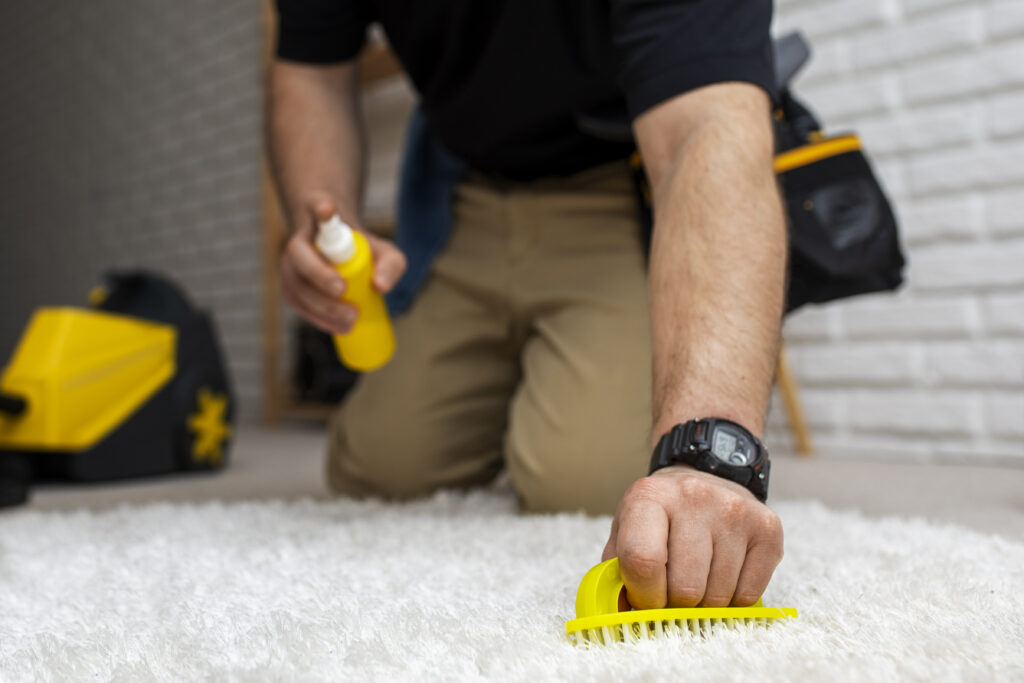
Rug care isn’t just about cleaning up messes when they happen—it’s about keeping your rug looking and feeling great over the long haul. And believe it or not, a few simple habits can make a big difference in how well your rug holds up over the years.
First up: rotation. Just like tires, your rug wears unevenly depending on where it’s placed. Rotating it every six months helps distribute wear, especially if it’s in a high-traffic area or getting hit by direct sunlight. Speaking of sunlight—UV rays can fade rug fibers over time, so consider closing blinds during peak hours or using a rug pad with light protection if your rug sits near a sunny window.
Regular vacuuming is another must, even if your rug doesn’t look dirty. Dirt and dust settle deep into the fibers and slowly wear them down, especially in dense or plush rugs. Just make sure to vacuum gently and avoid aggressive beater bars on delicate materials.
And don’t forget about deep rug cleaning. Depending on usage, most rugs benefit from a professional clean at least once a year. If it’s in a low-traffic area, every 18 months might be fine—but the key is consistency.
By keeping up with these small steps, you’ll help your rug stay vibrant, soft, and fresh for years—and save yourself money on replacements in the long run.
Conclusion: Your Rug Deserves a Little Extra Love
Area rugs do so much more than cover your floors—they add warmth, style, and comfort to your home. But like anything you value, they need the right care to stay beautiful and last for years to come. From understanding your rug’s material to tackling messes the right way, proper rug cleaning isn’t just a chore—it’s an investment in the life and look of your home.
We’ve covered the basics of DIY care, when to trust the pros, and how timely rug repair can save your favorite pieces from the trash. And with just a few smart habits, like rotating rugs and scheduling seasonal cleanings, you can keep them looking fresh and vibrant all year round.
If your rug’s showing signs of wear, or you’re just not sure if you’re cleaning it the right way, don’t wait for the damage to set in. Reach out to trusted area rug cleaners near you and give your rugs the expert care they deserve.
Ready to dive deeper into rug care tips or schedule your next professional cleaning? Explore our resources or contact us today—because a cleaner, healthier home starts right under your feet.
